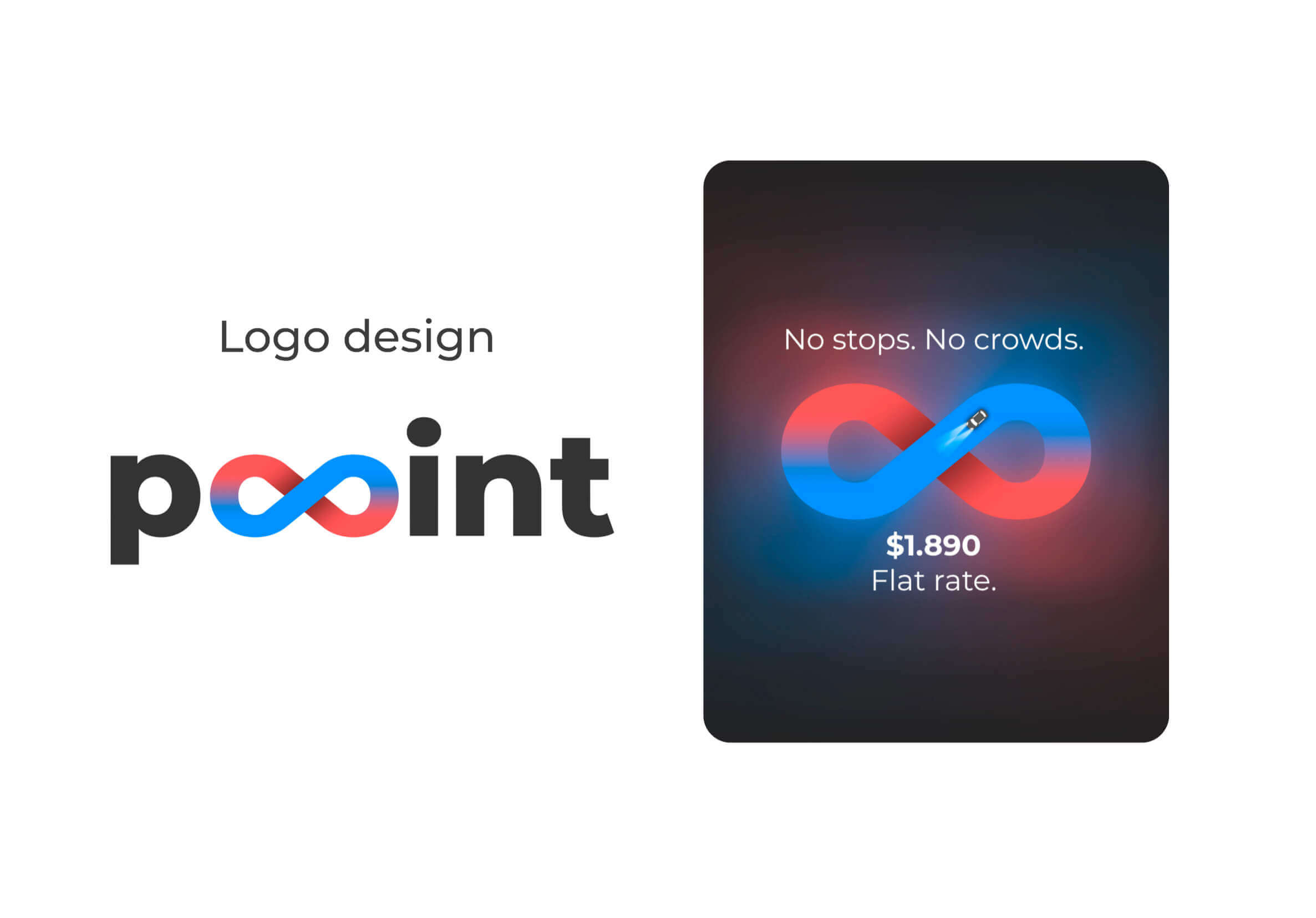Pooint
Mission
a) The company's mission is to reduce the number of cars on the streets.
b) Pooint's platform provides users with a way to move from point to point by sharing trips.
Users
a) Daily commuters.
b) Occasional commuters > People traveling to airports > Gen Z and millennials.
c) Long-distance commuters.
The goal is to reduce cars on the streets, but adoption might be slower with daily and long-distance commuters who are used to driving every day. Occasional commuters present a more promising opportunity. These users typically rely on taxis or Uber, which leads to many solo trips that could be optimized through ride-sharing. However, the challenge is that their destinations and departure times are unpredictable. This is why I suggest starting with airport rides. Airports are outside the city, so we know where they're going, and flight schedules give us a clear idea of when they need to go. Currently, each airplane could result in up to 150 individual taxi rides. By consolidating these trips into shared rides, we could reduce that to around 30 vehicles, assuming each car carries five passengers.
Pain Points
a) Occasional commuters only need transport to the airport once or twice a year.
b) Taxis are not always suitable, as luggage requirements vary between domestic and international flights.
c) Uber and taxis can be more expensive than low-cost flights.
d) Public transport is often slow and unreliable.
To align with our mission of reducing cars, we should prioritize addressing pain points B and D. Space and speed are key concerns and are likely the reasons many people opt to travel alone. Improving public transport is outside our scope, but we can tackle the issues that lead to solo trips.
Solutions
a) A platform for people to rent out their cars when they’re not using them.
b) A platform for sharing airport trips when passengers have extra space.
c) A platform offering minibus services with drivers that can be booked.
For airport trips, Solutions A and B wouldn’t work as effectively. Even though a car may have four available seats, luggage will likely prevent us from filling them all. Large vehicles are scarce, which is why we chose Solution C. We partner with existing minibusses that already serve airports. These vehicles are added to our platform, allowing users to book convenient slots. Each minibus can carry 15 passengers, reducing the number of vehicles needed from 150 per flight to just 10.
Metrics + MVP
a) Number of passengers—daily, weekly, and monthly.
b) Number of returning passengers.
c) Number of customer service complaints.
d) Ratio of users from ads vs. word of mouth.
e) Click-through rate of ads.
Because we’re unsure where users prefer to start their trips, the MVP focuses on a central location in Santiago with buses departing every 45 minutes. We acquired passengers via Instagram ads and partnered with existing airport minibusses, so no additional vehicles were added to the streets. Drivers earn more during their off-hours, passengers enjoy a better service, and the city experiences reduced traffic.
MVP Feedback
After the MVP, we gathered feedback to inform our team on areas for improvement. We faced issues with the initial UI of the platform and the credit card payment system. While the physical location of the service was fine, users expressed a demand for more pick-up points.
Growth
Pooint experienced explosive growth, reaching 2,500 active customers within three months. We initially launched a digital marketing campaign, but word-of-mouth soon became our main driver of growth. We began international expansion by securing a B2B deal with a Peruvian airline to connect Lima’s downtown area with its airport.





Responsibilities
Conducted market analysis and extracted data to drive informed product decisions.
Developed the product roadmap and strategy.
Oversaw the entire product lifecycle, from ideation to development and growth.
Led a cross-functional team of seven, including engineers, designers, and legal professionals.
Managed the customer acquisition program.
Streamlined team operations, finding creative solutions to meet deadlines.
Led daily team meetings to track metrics, maintain motivation, and ensure overall team health.
Achievements
Led a 7-person cross-functional team to build the React Native app under agile methods in under two months.
Increased monthly recurring revenue from $4,000 to $10,000 by launching an easier-to-buy UI.
Identified a key market opportunity, built a roadmap, and assembled the right team to execute it, leading to a startup that became profitable in under three months.
Selected as one of four entrepreneurs for a 12-month acceleration program with Chile Global Ventures (Google for Startups Partner) from a pool of over 1,800 applicants.
Created and executed a customer acquisition strategy, growing the user base from 0 to 2,500 within three months through a targeted digital marketing campaign.
Reduced marketing costs without impacting user growth by implementing a referral system, resulting in 70% of customers coming from word of mouth.
Increased revenue streams by negotiating and securing two B2B deals, doubling the company’s income sources.
Back